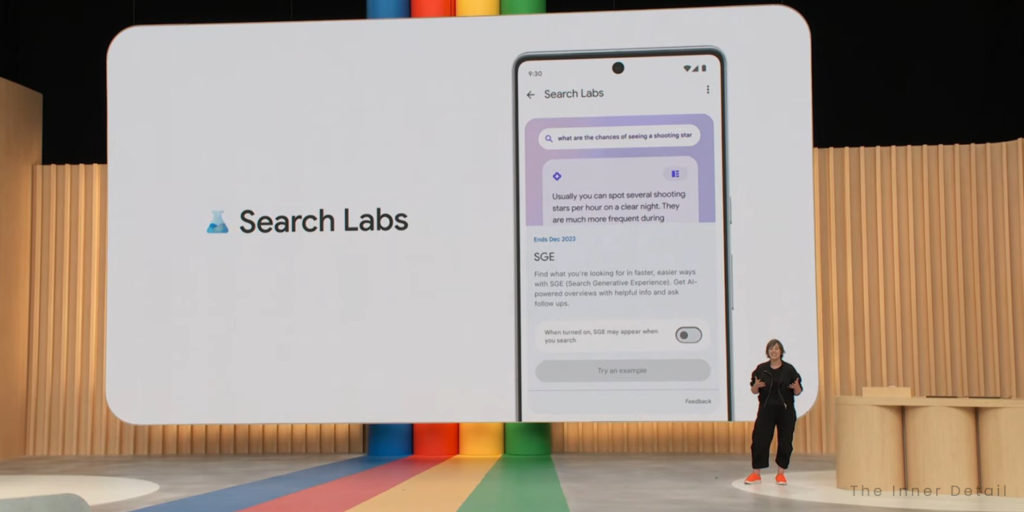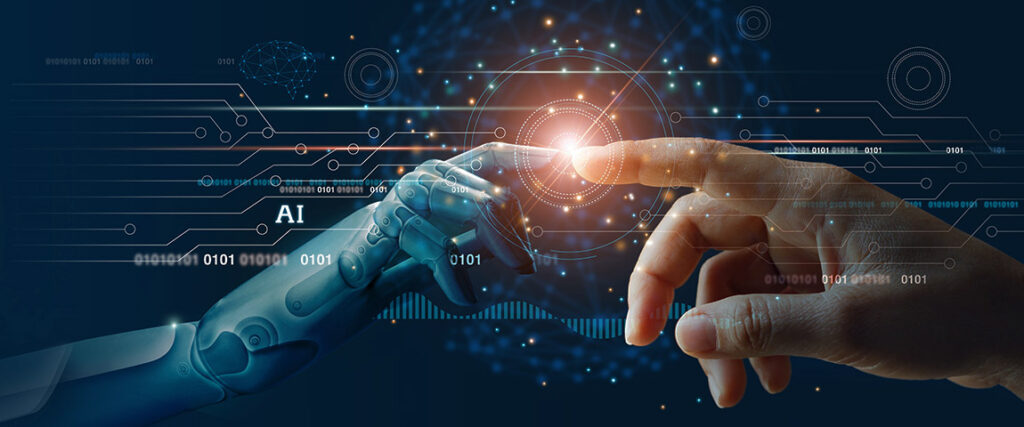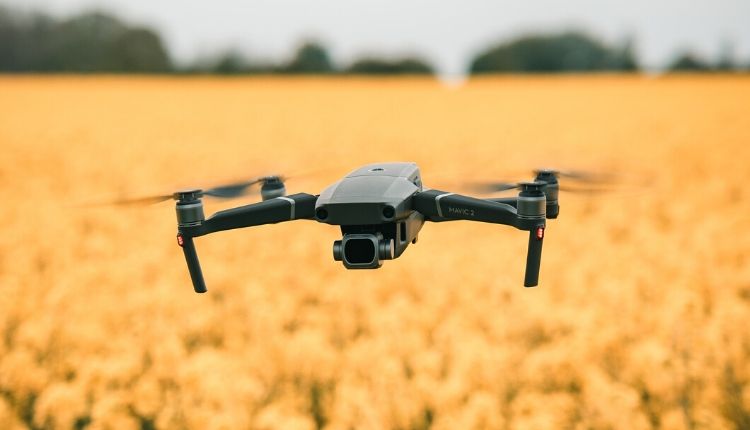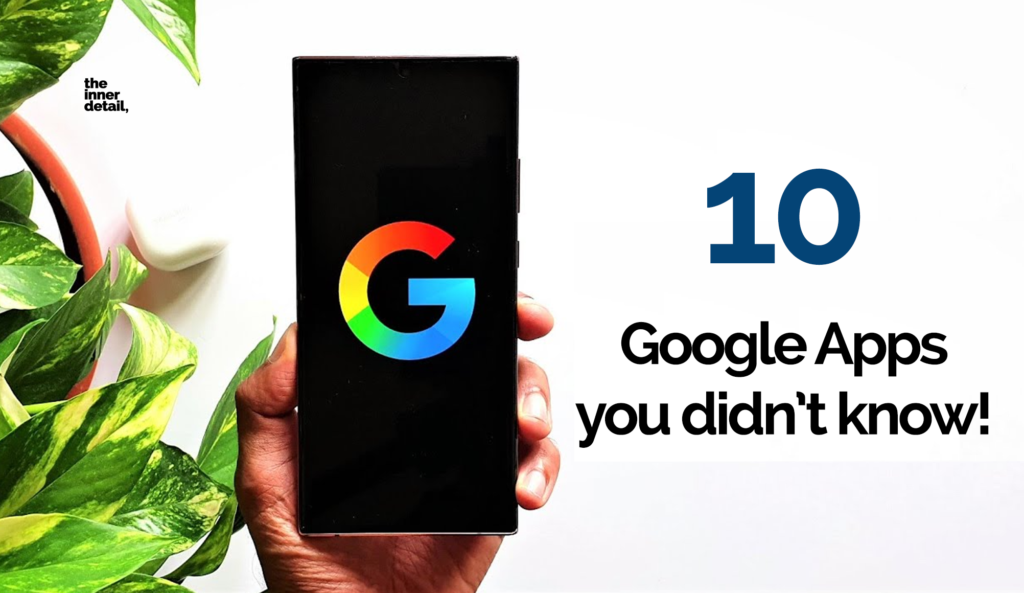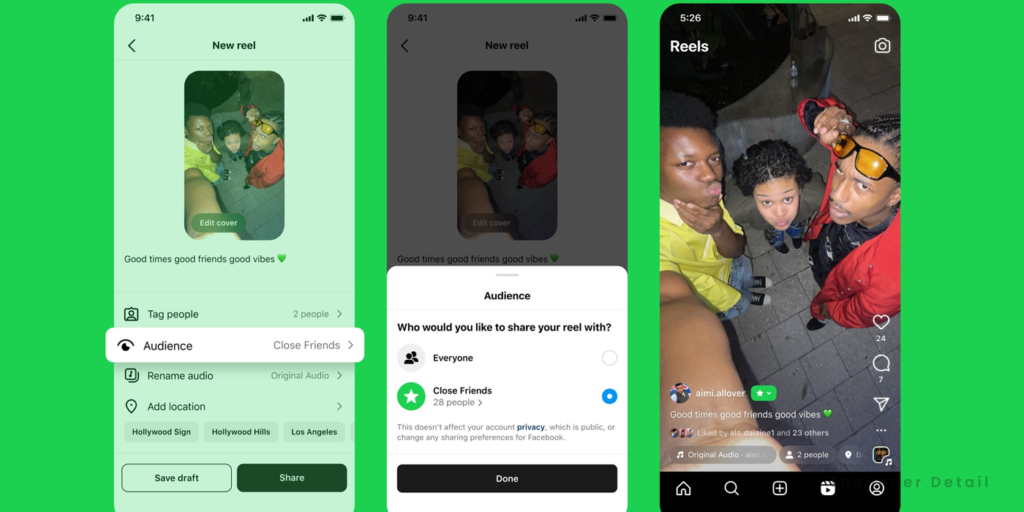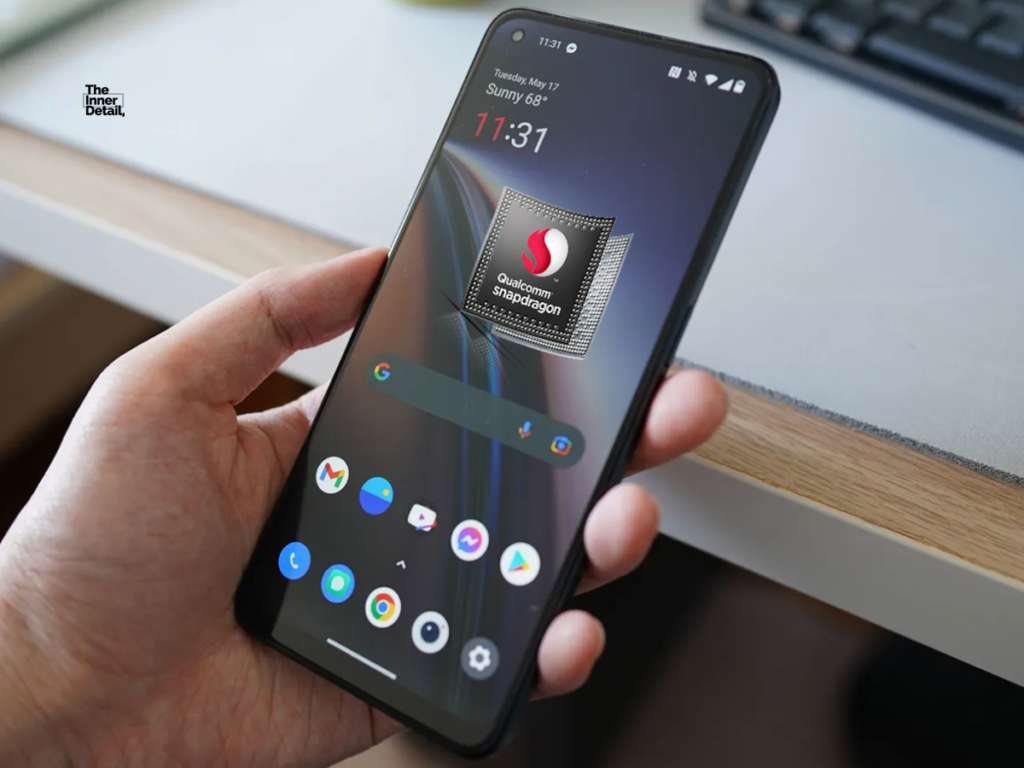Sleep, the third that we spend in our life, hauls us to the unimaginable fair-tale land in our subconscious mind, so called dreams. We sleep, we dream and we wake-up with less of its memory and a mere miracle of how would it happen, either cheered or haunted. Often, people love to daydream, tending to live in a virtual world, but it doesn’t correlate the originality of the real dream.
Modern science largely believes that dreams could have no effect in our real life. However, these researchers from MIT whips the belief by designing a device that possibly hacks your dreams. Thoughtfully to show the subconscious mind’s value.
Hacking Your Dream
A team of researchers in MIT’s Dream Lab designs wearable device and elaborates its influential impact on dreams, that they claim could deliver you a soothing sleep and a productive wake-up to do your day and even more.
“Dreaming is really just thinking at night,” says Adam Horowitz, a PhD student at MIT Media Lab’s Fluid Interfaces Group and a Dream Lab researcher. “When you go inside, you come out different in the morning. But we have not been asking questions about the experience of that transformation of information or the thoughts that guide it.”
While previous research on dreams, manifests that dreams may enhance memory consolidation, emotional regulation and overall mental health, Dream Lab researches escalates the thought of finding the purpose of dreams in our lives, further to see what happens if they interfere with them. Wearable devices developed by them, which are novel and open-sourced tracks and interacts with dreams in various ways, ultimately to prove dreams could be hacked, augmented and swayed, our waking lives benefit.
“People don’t know that a third of their life is a third where they could change or structure or better themselves,” Horowitz says. “Whether you’re talking about memory augmentation or creativity augmentation or improving mood the next day or improving test performance, there’s all these things you can do at night that are practically important.”
How they access our dreams?
Naturally, humans enter into a subconscious state referred to as ‘hypnagogic’ – a brief period between conscious wakefulness and unconscious sleep, before they fall asleep. This semilucid time is the bull-eye’s research of the Dream Lab. A pair of researchers came out with their projects, one to nobble dreams via sound and another via smell.
Dormio – Hacking Dreams with Sound
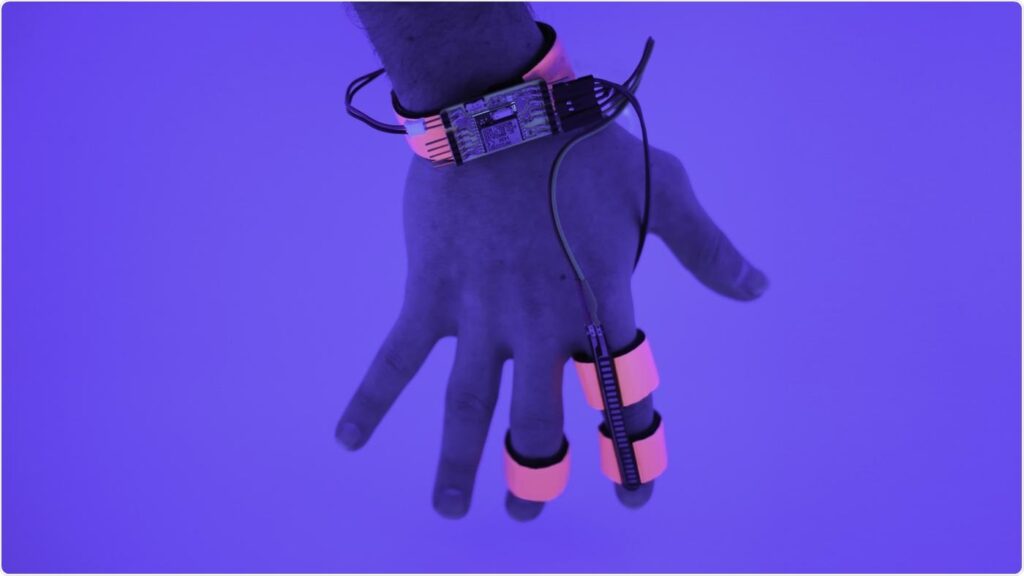
Horowitz’s centre-core in this research is ‘Dormio’, a glove-like wearable device, that equips sensors wrapped around the wrist and fingers to sense muscle-tone, heart rate and skin conductance to identify the various stages of sleep. Dormio intrigues a person’s hypnagogic state through a prerecorded audio cue that sounds pleasant with a single word repeating itself and also records the responses of the user, if any.
Research with 50-persons proclaimed that audio cues with ‘tiger’ as the chanting word, users experienced dreams of tiger or feline. “In dreams, we’re turning any sensory input into part of a story,” Horowitz says.Thus, and Thus, Dormio influences this transitional hypnagogic state to surge thinking abilities and into the bargain, letting up creativity to mankind, Horowitz unfolded.
BioEssence – Hacking Dreams with Smell
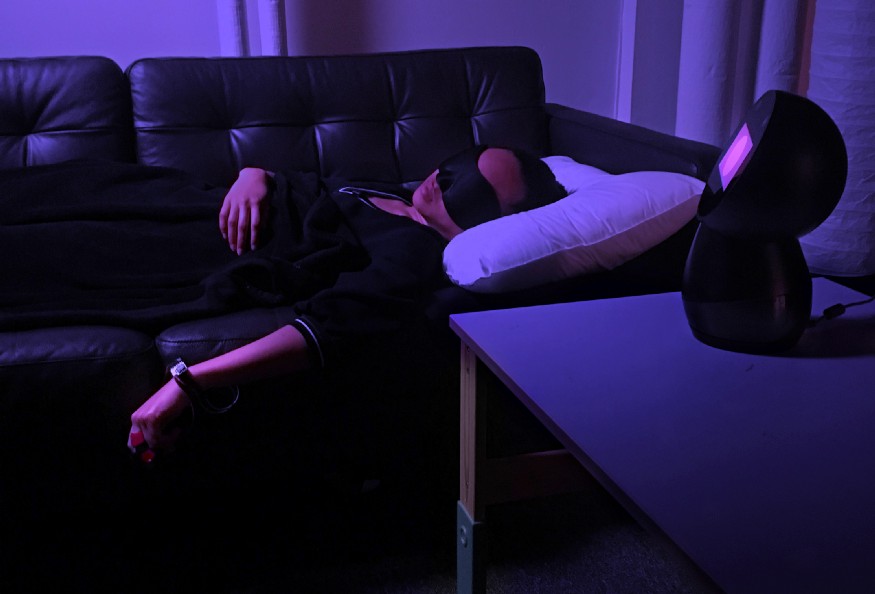
Further, another Dream Lab researcher & PhD candidate at the MIT Media Lab, Judith Amores laid a good way into the dream research, accessing subconscious through smell. Her project, BioEssence is actually a wearable scent diffuser, which gets released in the midst of dreamy-state, confirming that the person stays in that state though, by monitoring heart rate and brain waves to track the stages of sleep. The scent has an associated memory consolidation, for to associate users with a memory or learned behaviour. By smelling the scent during sleep, subconscious mind strengthens the memory. And unlike an auditory or touch-based trigger, smell is less likely to wake you up.
“The sense of smell is particularly interesting because it’s directly connected to the memory and the emotional parts of the brain — the amygdala and the hippocampus,” Amores says. “And that’s a very interesting gateway to access well-being.”
Amores currently researches to prove that BioEssence could be a tool for changing maladaptive memories reasoning to trauma and PTSD (Posttraumatic Stress Disorder).
Cons of hacking dreams
Best thing that a human can do is being natural & letting things go naturally. Averse to dream researchers, Rubin Naiman, PhD, a sleep and dream expert from University of Arizona, believes the importance and power of sleep and dream lie in their ability to flourish on their own. Tinkering with them, he says, is arrogant. Hypnagogic state is a shortest bridge, between wakefulness & sleep and any revamping with it, could end up with “sleep-onset insomnia”, he says.
However, researchers are in swing to the hacking process. Well, Deidre Barrett, a Harvard Professor, who is also a dream researcher is designing a study using Dormio to check if it has the capability of elevating an artist’s creativity.
Though Dream Lab researchers shun to take this an unnatural act, they do realize that this dream-hacking could seem creepy. This video of them, ‘Cocoon’, shows how a person is wired and contained in a bubble with the ascent of the dream-hacker.
References:

